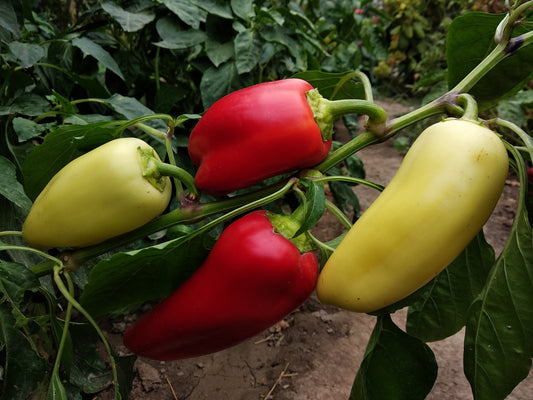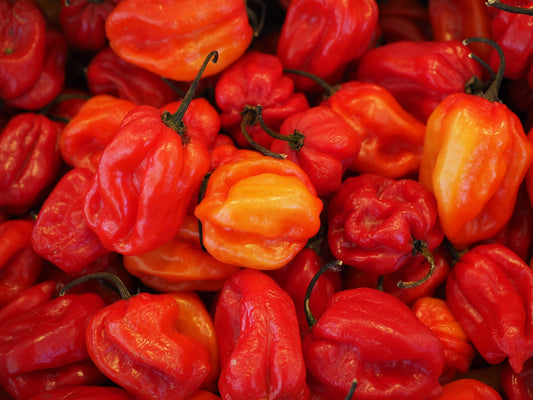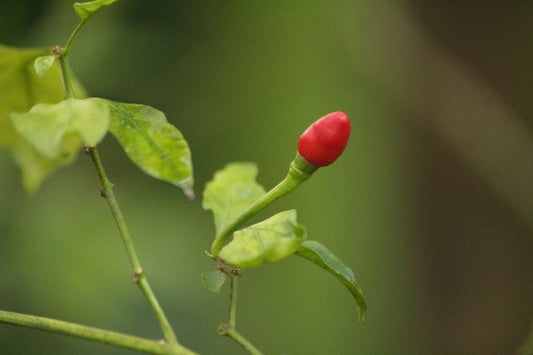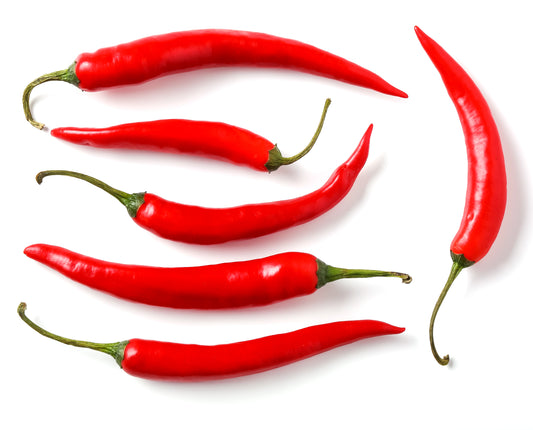Capsicum baccatum is a plant belonging to the Solanaceae family, native to South America. It is cultivated in many parts of the world for its spicy fruits, which are used in many cuisines to add flavor to dishes. In this article, we will explore the history, cultivation, nutritional and medicinal properties of Capsicum baccatum.
History and distribution
Capsicum baccatum has been cultivated for thousands of years in South America, where it is known as ají. The plant is believed to have been first domesticated in the Andean region of present-day Peru, Bolivia and Ecuador. The plant then spread to other parts of Latin America, especially Brazil.
Throughout history, Capsicum baccatum has been used not only as a food, but also for medicinal and religious purposes. The ancient Peruvians believed that the fruits of the plant had magical properties and used them in religious ceremonies. The fruits were also used to relieve headaches and abdominal pain.
Cultivation
Capsicum baccatum is an annual plant that requires a warm, humid climate to grow. The plant needs plenty of sunlight and well-drained, fertile soil. The plant grows to a height of about one and a half meters and produces conical or domed fruits.
The fruits of Capsicum baccatum are usually yellow, orange or red, depending on the variety and can be harvested while still green without waiting for complete ripening. Ripe fruits are sweeter and less spicy than green fruits, can be eaten raw or cooked, and are used in many South American dishes, including salsas, guacamole, and meat dishes.
Nutritional properties
Capsicum baccatum fruits are rich in nutrients and contain few calories. 100 grams of Capsicum baccatum fruit contain about 40 calories, 1.9 grams of protein, 9 grams of carbohydrates and 2.5 grams of fiber. Fruits are also a good source of vitamin C, vitamin A, vitamin B6 and potassium.
Medicinal properties
Furthermore, Capsicum baccatum fruits have been studied for their anti-inflammatory, antioxidant properties. Compounds found in fruits, such as carotenoids and flavonoids, may help prevent cell damage and reduce the risk of chronic diseases such as cancer and heart disease.
Capsicum baccatum has also been studied for its antiviral properties. Some research suggests that capsaicin might help prevent the spread of viruses like the flu and herpes.
Culinary uses
Capsicum baccatum fruits are used in many cuisines around the world to add flavor to dishes. In South America, the fruits are used to prepare salsas, guacamole and meat dishes. In Mexico, the fruits are used to prepare the famous hot sauce.
Anna Evans 's photo





